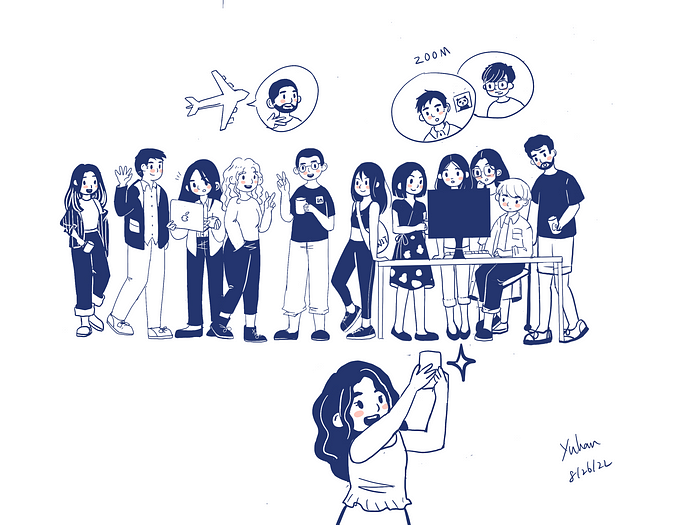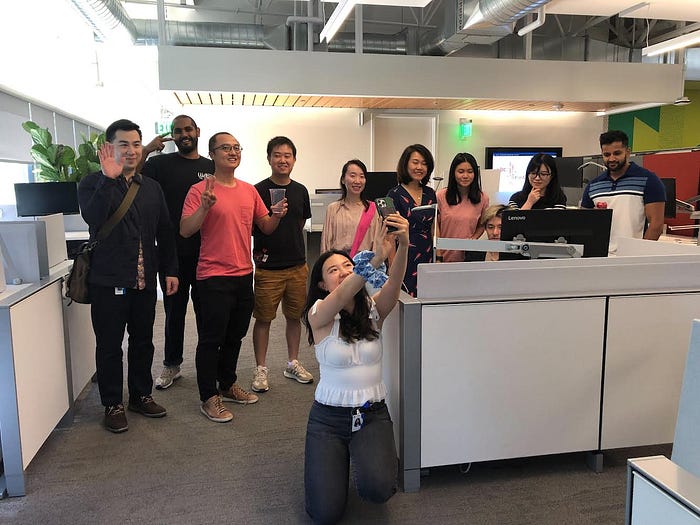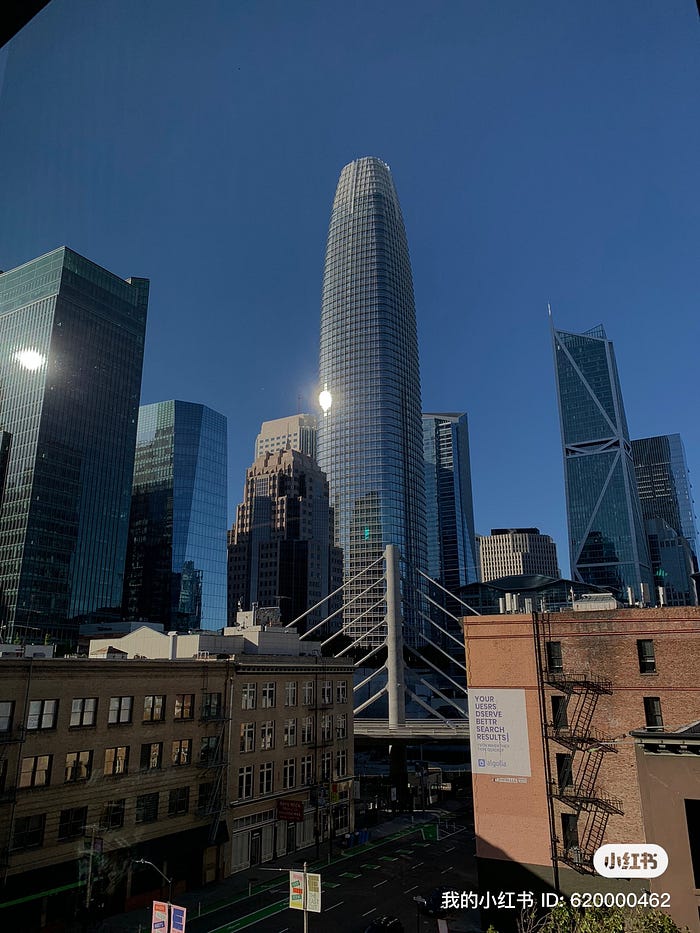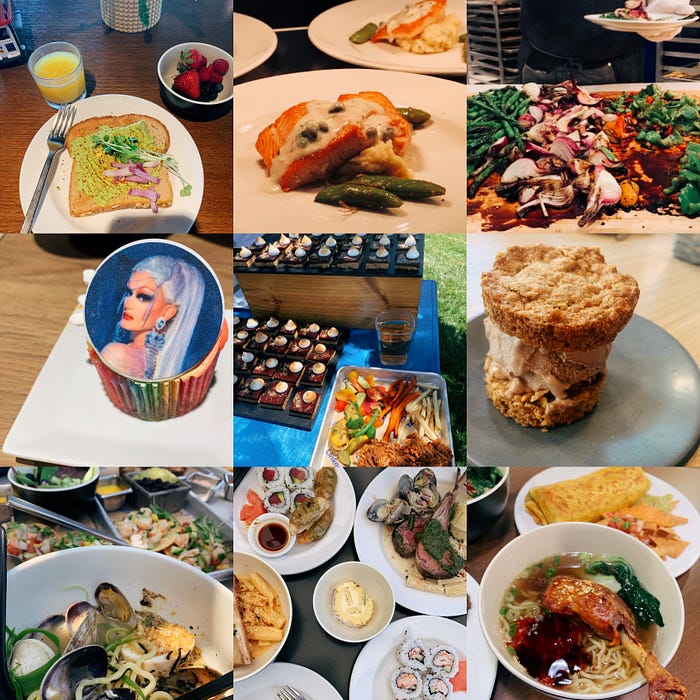

Do’s and Do better’s learned from LinkedIn Design Internship
source link: https://uxplanet.org/dos-and-do-better-s-learned-from-linkedin-design-internship-75bc650faa88
Go to the source link to view the article. You can view the picture content, updated content and better typesetting reading experience. If the link is broken, please click the button below to view the snapshot at that time.
Do’s and Do better’s learned from LinkedIn Design Internship


Some of my teammates
I wrapped my summer internship at LinkedIn in Sept 2022. It has been an extraordinary learning experience and enjoyable time with my team. Before starting my last year at graduate school, I’d like to share some of my takeaways as a junior designer.
🌏 Background
I am a second-year Master student at the Human-Centered Design and Engineering program at University of Washington. For undergrad, I studied Data Science and Cognitive Science at UC Berkeley.
I interned as a Product Design Intern under the Pages team, which is a part of LinkedIn Marketing Solution. My project is about helping B2B service and product providers to achieve their business goals on LinkedIn platform.
If you are interested in my application preparation and timeline, you can read more from https://uxplanet.org/what-i-learned-from-linkedin-product-design-internship-interviews-12a1a0bf77e3

Looking down from LinkedIn San Francisco building
Do’s and Do better’s
One thing I loved about my internship was the constructive feedback. Before my mid and final performance evaluation, my manager and mentor collected feedback from everyone I collaborated with — design partners, PM, engineers, and UX researchers. I found these feedback extremely valuable as they uncover the story from different perspectives than what I use to examine myself.
With great support from my team, I far exceeded expectations for the 3 projects I did. Here’s what I tried :
👍 Do…
Own your design project
Planning helps me get started and prevents me from panicking when navigating ambiguity and changes. I was suggested to make design plans and referred to them for 3 assigned projects. This plan can include:
- Questions to answer before starting the design process(e.g user persona clarification with UXR, product scope question with PM)
- Project goal and overview
- What’s in scope and what’s not (especially in the early-stage projects!)
- Collaborators
- Timing. Especially for execution work with engineers, avoid overpromise. It’s important to give a reasonable estimation with considerations for engineering Q&A and potential iteration. If a sudden blocker affects the timeline, notify the stakeholders ASAP
- Resources. These can bePOC, past researches, Figma links, etc. Trust me, you will appreciate it as the number of windows piles up.
Slow down to make intentional decisions
I remember a debate between two experienced designers. They hold different opinions on an UI pattern and each listed 3+ strong arguments to back up their decisions. The arguments started with the prioritized metrics and went down to the less obvious implications such as user experience of an edge case. The decision even became unimportant because the trade-off is fully thought-out.
Working in big company sometimes means making slower and more thoughtful decision. How I tried to practice as a junior designer is to always think:
What’s the pros and cons of design A and B in terms of …
- User experience and accessibility
- Product metrics and business value
- Engineering effort and compatibility
- Design system consistency and alignment
These help you answer partners’ questions with logical “1, 2, 3…” When unexpected situations happen, I can remake the decision by reranking the priority of these criteria.
Collaborate with low ego, high curiosity, and no fear
My PM taught me a good lesson. When someone brings up an opposite opinion, he first listens, and then answers or asks questions without being defensive or mixing assumptions. This way the team becomes more willing to contribute thoughts because their voices are respected.
As junior designers, it can mean 2 things.
- Learn from the perspective of non-designers. Maybe certain opinions are against your UX principles, before pushing back, trust the partners and understand why these opinions are held.
- Don’t hold back just because you are talking to a more experienced designer. Fresh eyes of a junior designer can spark new ideas for problem solving. Hold lightly to results but firmly to the thinking process.
Advocate for accessibility
Accessibility is a big part of LinkedIn Design. Through building an accessibility spec, I learned about the implications of small design decisions and the importance of context. For example, what does “drag and drop” mean to visually impaired users who use screen reader? When editing content, how do we label the buttons so the editor know which part of the content they are adding, deleting or selecting?
Be proactive to talk about your growth
I kept a note for weekly summary and reflections. These include cool presentation skills, interesting conversations, and challenges. Before my weekly 1:1 with manager and mentor, I would refer to notes and quickly write down 1~2 reflections. Knowing what you want to improve on can help your manager provide better guidance.
🚀 Do better…
These attributes are something junior designers gradually develop with more time and experiences.
Prioritize area of focus
Let me give some examples.
When I first built the spec, I spent plenty of time get everything perfect — the spacing, text style, accessibility label, tabbing orders, etc. But after deliverable, I was told by the engineers that they can easily access a lot of these from the code system. A simple ask “What do you need?” can easily save time and energy.
When I first presented design work to a bigger group that are not familiar with my project context, I stumbled on some unexpected questions. Worried that I failed my responsibilities, I spent extra time preparing for thoughtful answers after the meeting. However, I was told that these questions are not really relevant and should be tabled for another situation.
Industry work, compared to student work, takes flexible approaches and goal-oriented prioritization. In school, we try to answer every question correctly, follow the exact procedure, and even do the extra credit to get the most out of school with a good GPA. In work, your work could be impressive, but the goal is not to impress others but to solve a problem efficiently and collaboratively.
Practice storytelling with different context
No need to stress how important storytelling is. But even more, how can a story be told differently under different context? Before the presentation, it helps to ask:
“Why does my story matter to [this group]?”
“What am I trying to get out of this storytelling?”
For example, if I want design critique from someone familiar with the project, I can quickly dive into “how”- UX details, flow rationale, and design consistency.
If I want directional feedbacks from PMs, engineers, or design leaderships, it requires more context setting on “why”- metrics, scalability, and where it lands on a roadmap.
If this story is for a recruiter, then “what” is important — what’s my process, impact, and learnings? What would I do differently?
Hold design opinions confidently
Approach a discussion with an opinion. It could be intimidating as a junior professional to publicly share your opinion. One thing I practice is changing the way I ask a question.
Instead of:
“Here’s option A and B, what do you think? ”
“Here’s option A and B. I think A is better because… I would like to hear your opinion. ”
🧢 Beside the work
If I were to give some tips for incoming interns of any professions, these will be consistent:
🧗♂️ Get to know the people
Quoting LinkedIn’s value: Relationships Matters.
Getting to know your colleagues as individuals help you build bonds and trust. Understanding how their journeys led them to this profession, this company, and this team also tells a lot about the culture.
In big tech companies, team culture vary a lot. Everyone says our team functions like a startup under a big tech. It therefore gathers like-minded people that are data-driven and adventurous.
👩 Get to know yourself
3 months is a good time to figure out what types of challenges, collaboration, working culture, and leadership style you want as a junior designer.

Guess what’s my favorite part at LinkedIn?
👋 At the end
That’s a wrap of my takeaways from the 3 months at LinkedIn! I hope it’s helpful for incoming design interns and junior designers.
If you’d like to connect and discuss, please leave your comment, follow my Medium or find me via my LinkedIn or Red(小红书: 620000462)
Recommend
About Joyk
Aggregate valuable and interesting links.
Joyk means Joy of geeK